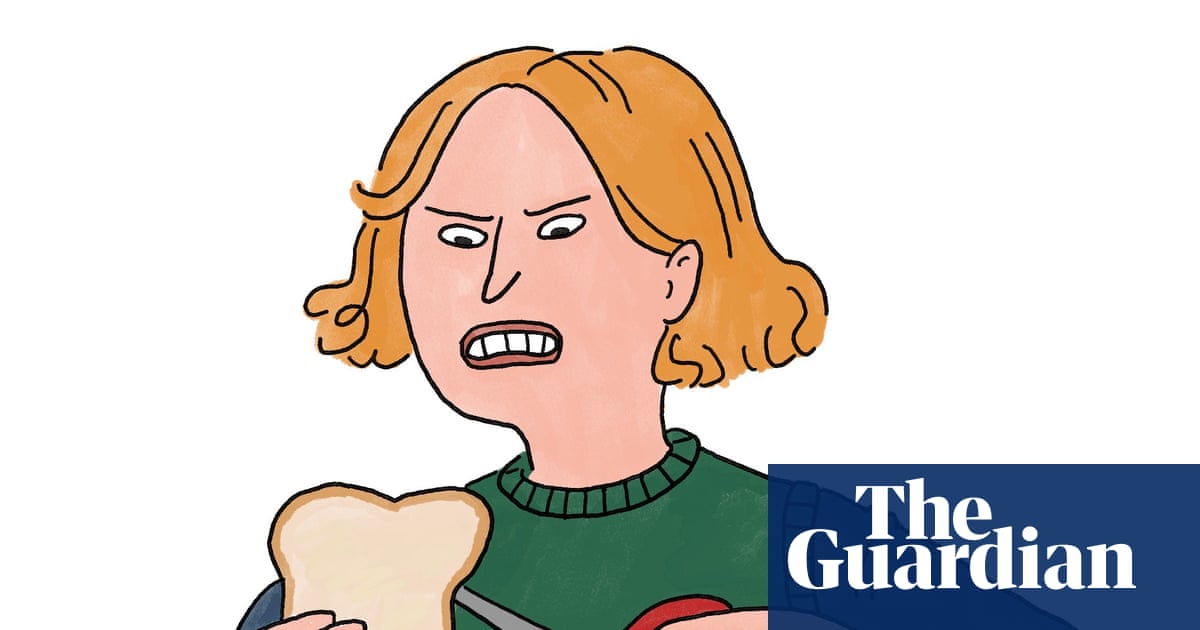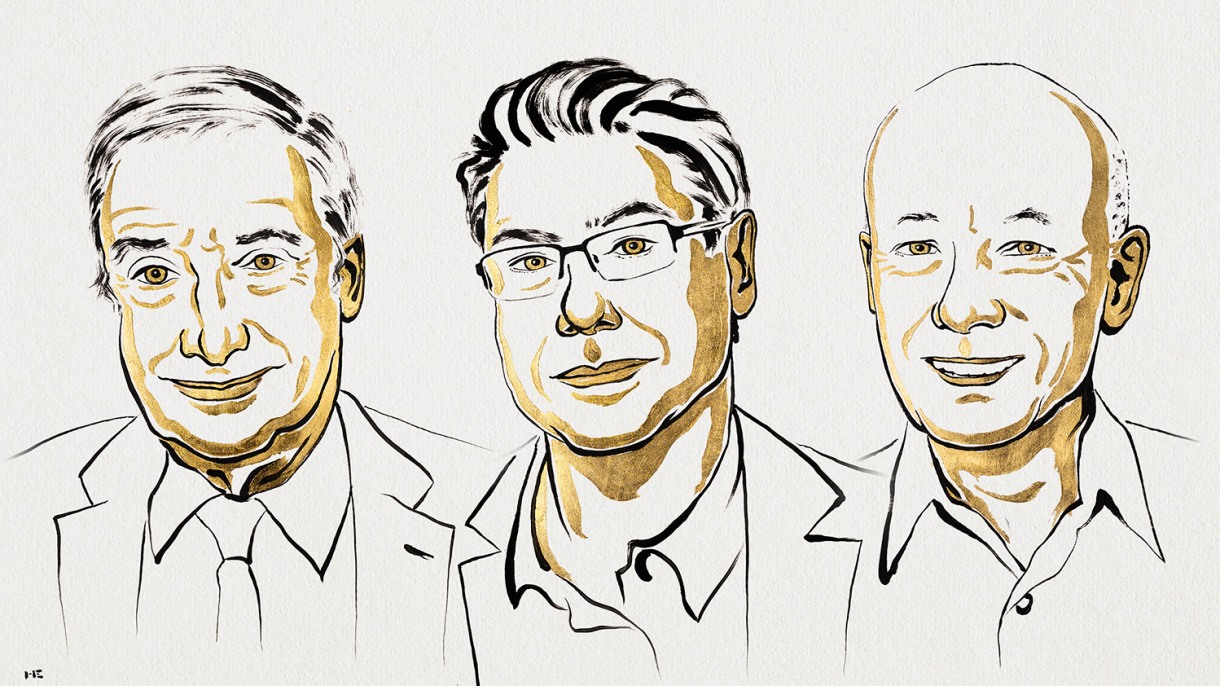In a research article published in 1992, Howitt and Aghion constructed a mathematical model for what is called creative destruction: when a new and better product enters the market, the companies selling the older products lose out. The innovation represents something new and is thus creative. However, it is also destructive, as the company whose technology becomes passé is outcompeted.
“In some societies, people who are part of status quo and very successful based on previous technologies gain political power and influence, and are able to arrange things so that it’s very difficult for new technologies to displace them,” Howitt said. “That helps to protect their interests, but also inhibits economic growth [and] stops new technologies from being implemented. This is a conflict between new and old that is a central concept of economic growth. Philippe and I managed to find simple ways to formulate those ideas mathematically.”
From early inspiration to Brown’s third Nobel laureate
Howitt is the third Nobel laureate from the Brown faculty. He joins the late Leon Cooper, who won the Nobel Prize in Physics in 1972 for developing a theory of superconductivity; and J. Michael Kosterlitz, who won the 2016 Nobel Prize in Physics “for theoretical discoveries of topological phase transitions and topological phases of matter.”
Howitt’s earliest inspiration for a career in economics came during a part-time high school job working for a business owner in Ontario who imported wool to sell to textile mills in Canada. He recalled a teletype machine in the office that showed the prices of different types of wool from across the world.
“I would ask him, what’s going on with these prices?” Howitt recalled. “Why do they keep going up and down? He started to explain something about supply and demand, and that sounded really interesting. He is the one who told me that if you really want to understand this, you have to go study economics… I was fascinated by watching this very small, but highly successful business.”
Throughout a long academic career focused on macroeconomics, that early excitement never waned.
“I never turned back from that original question that I asked of my boss back when I was about 18 years old,” Howitt said. “Why are these prices going up and down? I have just been curious ever since and very privileged to have spent my life doing what I really love to do.”
Howitt called Brown’s collaborative academic environment ideal for supporting high-impact research.
“Brown provided just a spectacularly helpful atmosphere for me…” Howitt said. “Several of my colleagues at Brown are among the leaders in [the study of] economic growth, and I learned a lot from interactions with them. You learn as much from your students and colleagues very often as you do from your own research. Sharing ideas in an open environment like Brown’s was extremely valuable for our research. The University provided me with a lot of opportunities and research funds, and the students at Brown were extremely stimulating.”
First Appeared on
Source link













